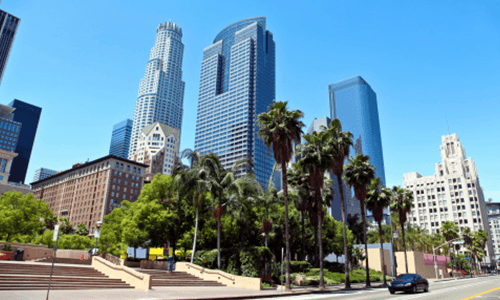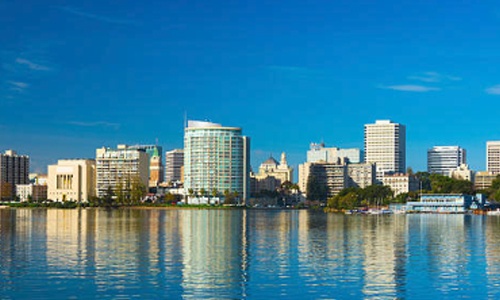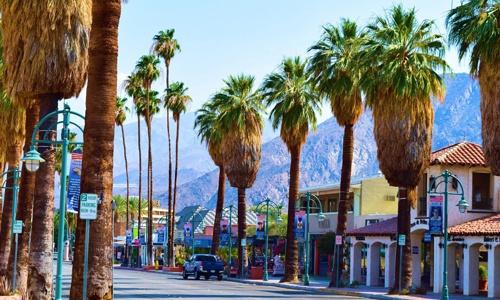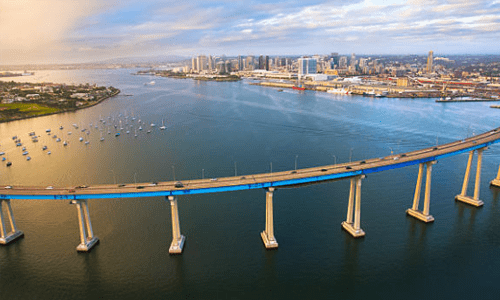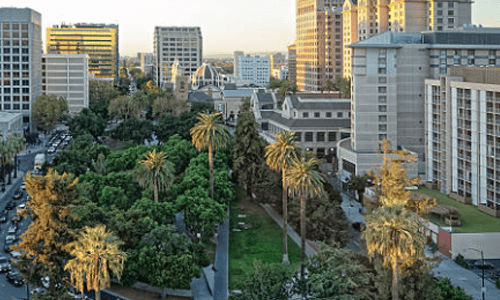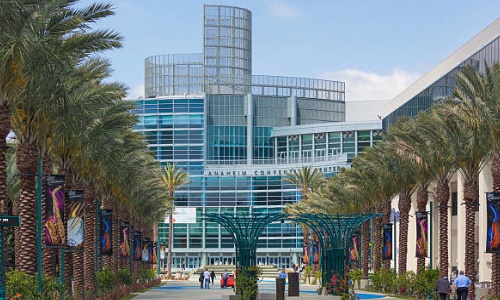
Anaheim, CA
Although known for its beaches and Disneyland, Orange county has evolved into a burgeoning center of business, finance and education. It is home to 30 major and smaller universities and professional schools which train thousands of students each year. UCI, Chapman University are two of the world renowned schools in the area known for both their undergraduate, but their law schools as well. Anaheim has continued to be a major magnet for tourism with several theme parks and employer of thousands of people. The accompanying hotels, restaurants and entertainment venues are a major driver of the local economy. Banking, financial planning firms and insurance companies also call OC their home. Major lending, claims and processing centers along with product development are leaders in the financial and business world.






